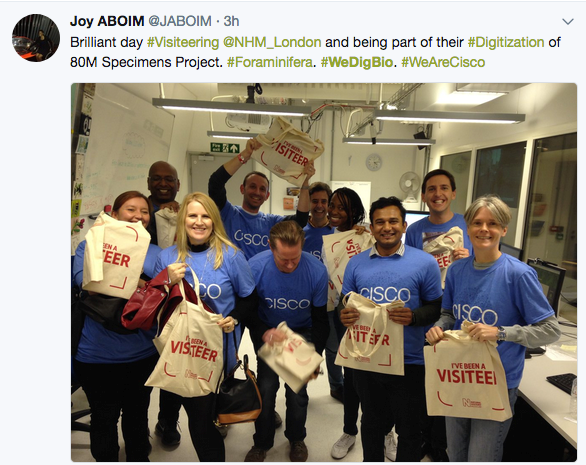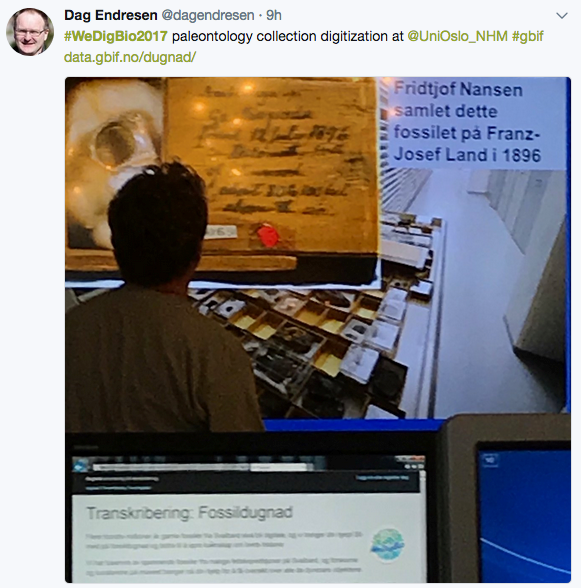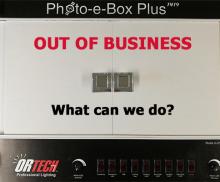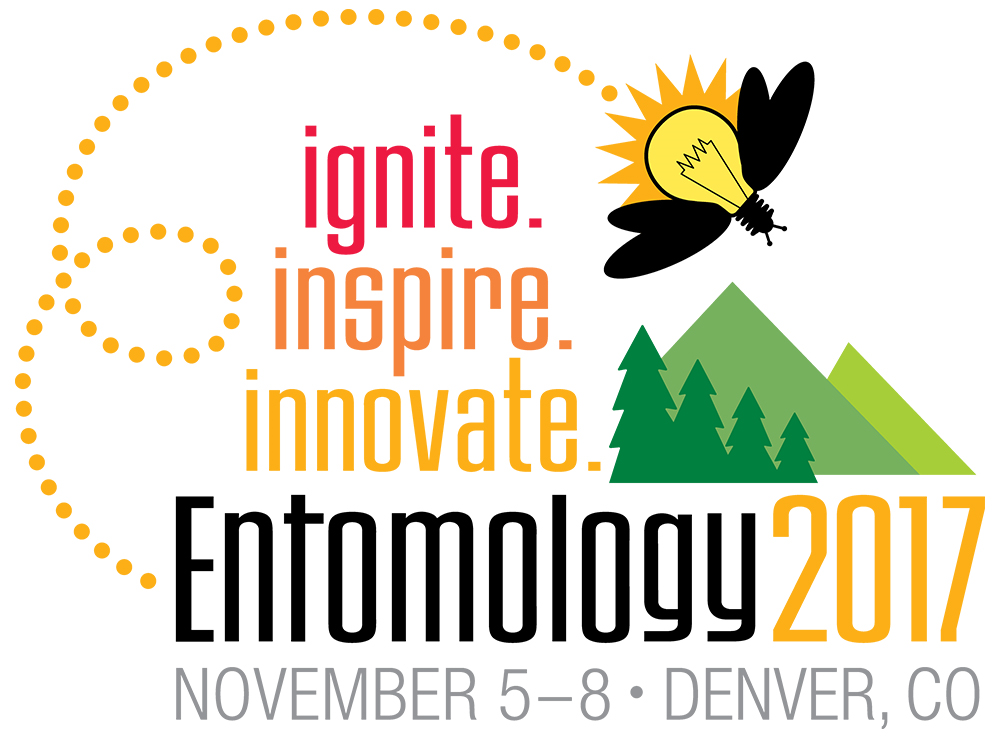Blog
iDigBio Update from 2018
WeDigBio 2018
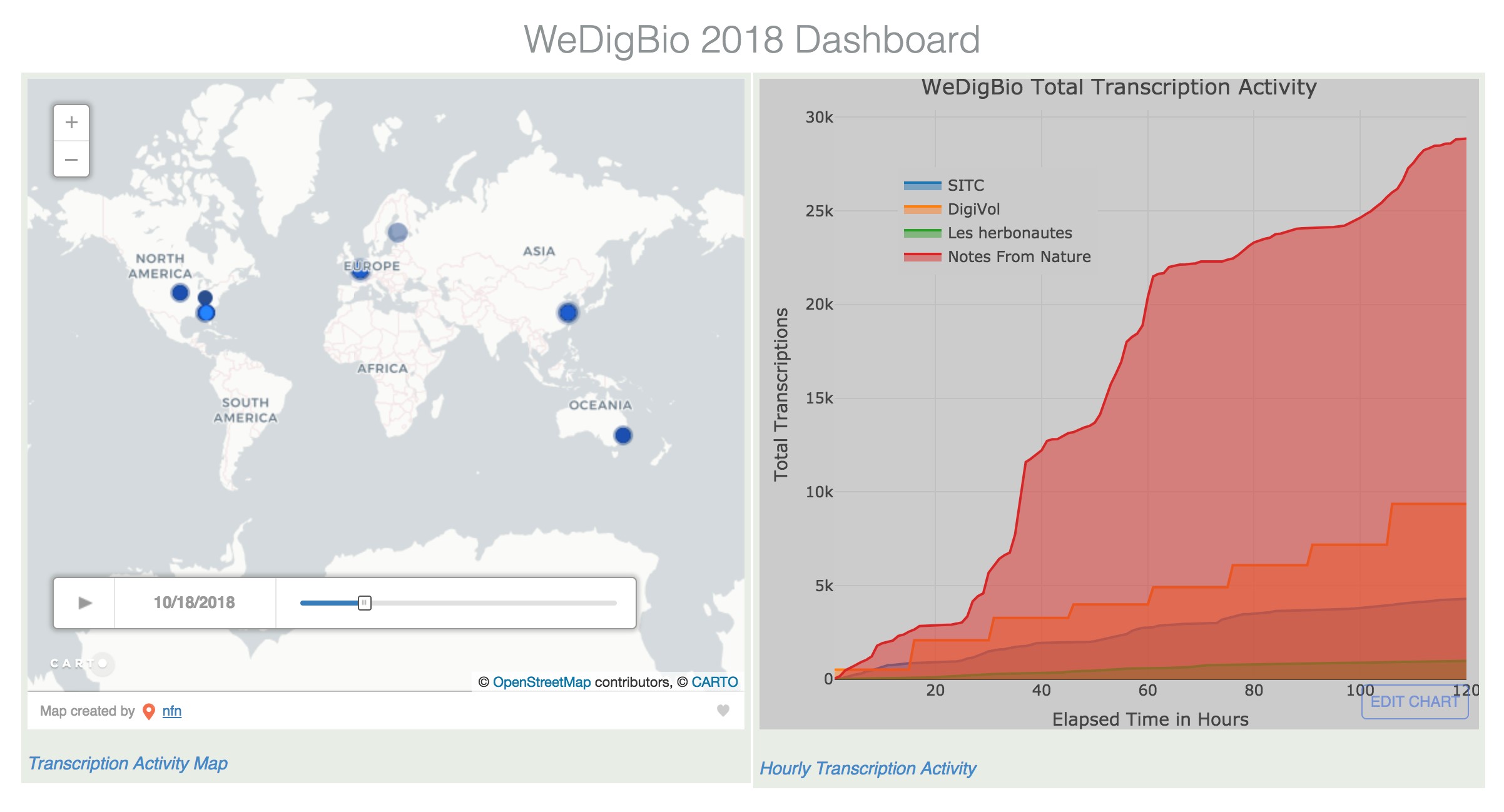
November 2018 Biodiversity Spotlight
Wood-warblers, Parulidae
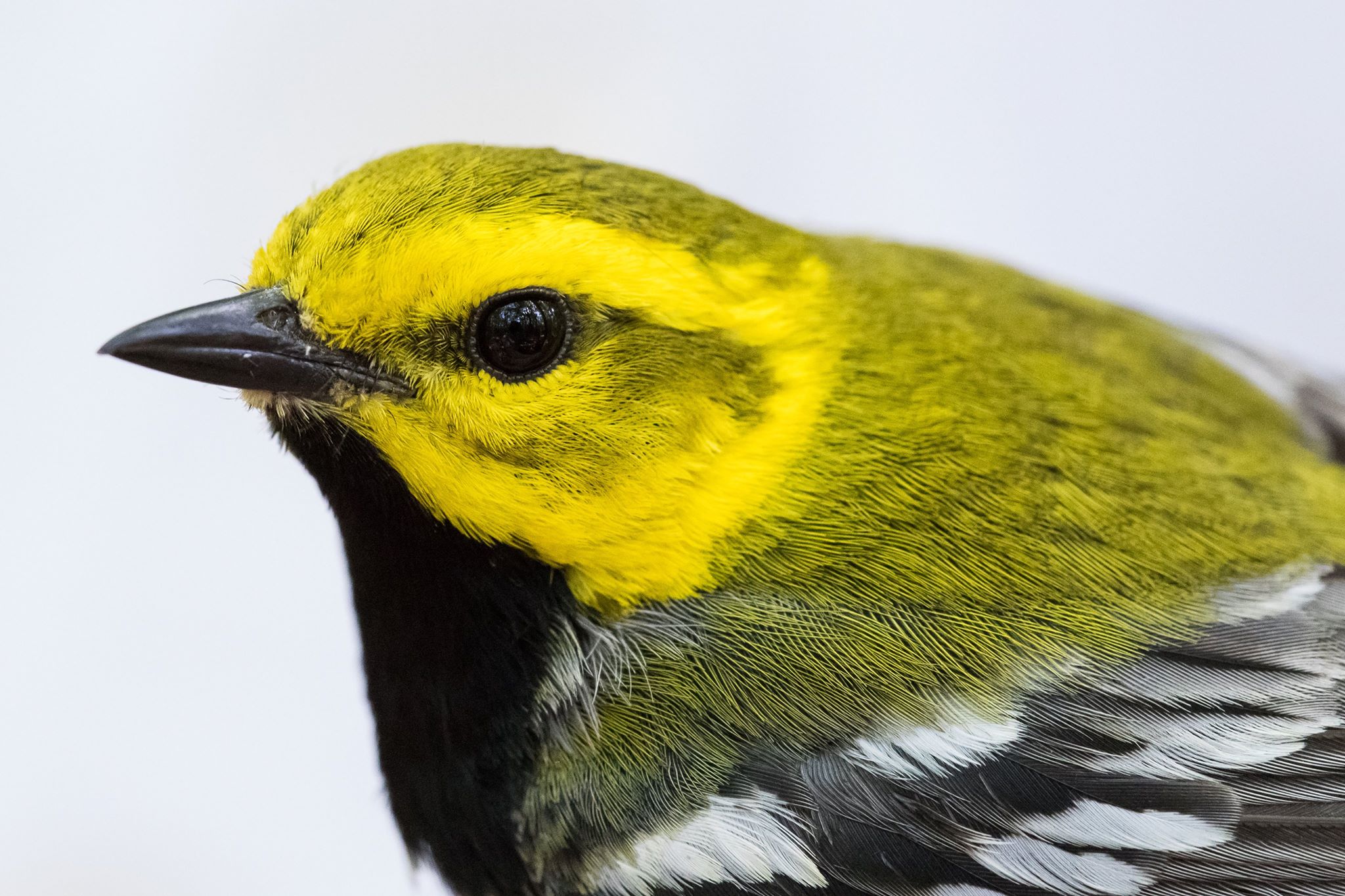
Image Credit: Joe Poston
Research Spotlight: November 2018
Augustus Fendler Herbarium Specimens: A Locality Improvement Project
A component of the Southern Rocky Mountain Flora Database Project
Lance J. Gloss and Timothy J. S. Whitfeld
Brown U. Herbarium (BRU)
Dec 2017 - May 2018
Introduction
Research Spotlight: October 2018
Metabolic rates, climate, and macroevolution: a case study using Neogene molluscs
Luke C. Strotz, Erin E. Saupe, Julien Kimmig and Bruce S. Lieberman
ADBC Summit 2018 Report
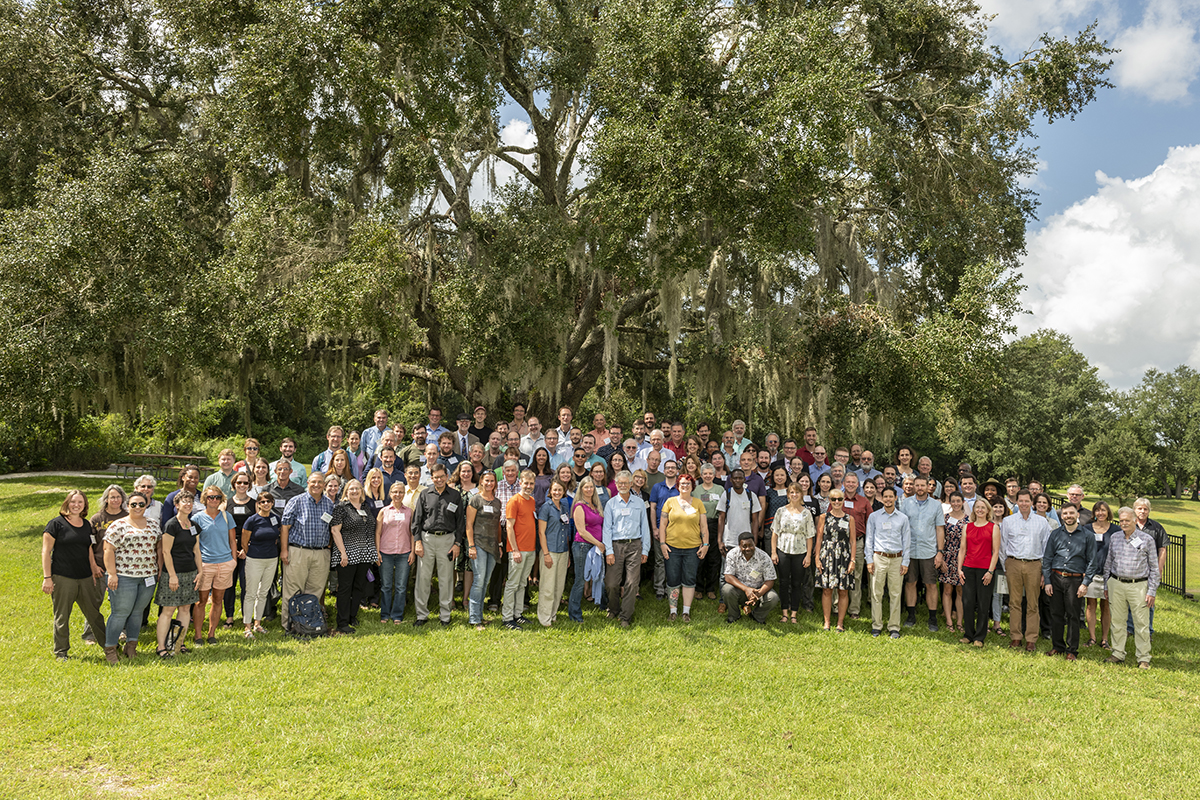
Summit 2018 group photo
September 2018 Biodiversity Spotlight
Research Spotlight: September 2018
Utilising publicly available species occurrence records to generate contemporary estimates of medically important snake species distributions
Contributed by: Joshua Longbottom, Liverpool School of Tropical Medicine
August 2018 Biodiversity Spotlight
European honey bee, Apis mellifera
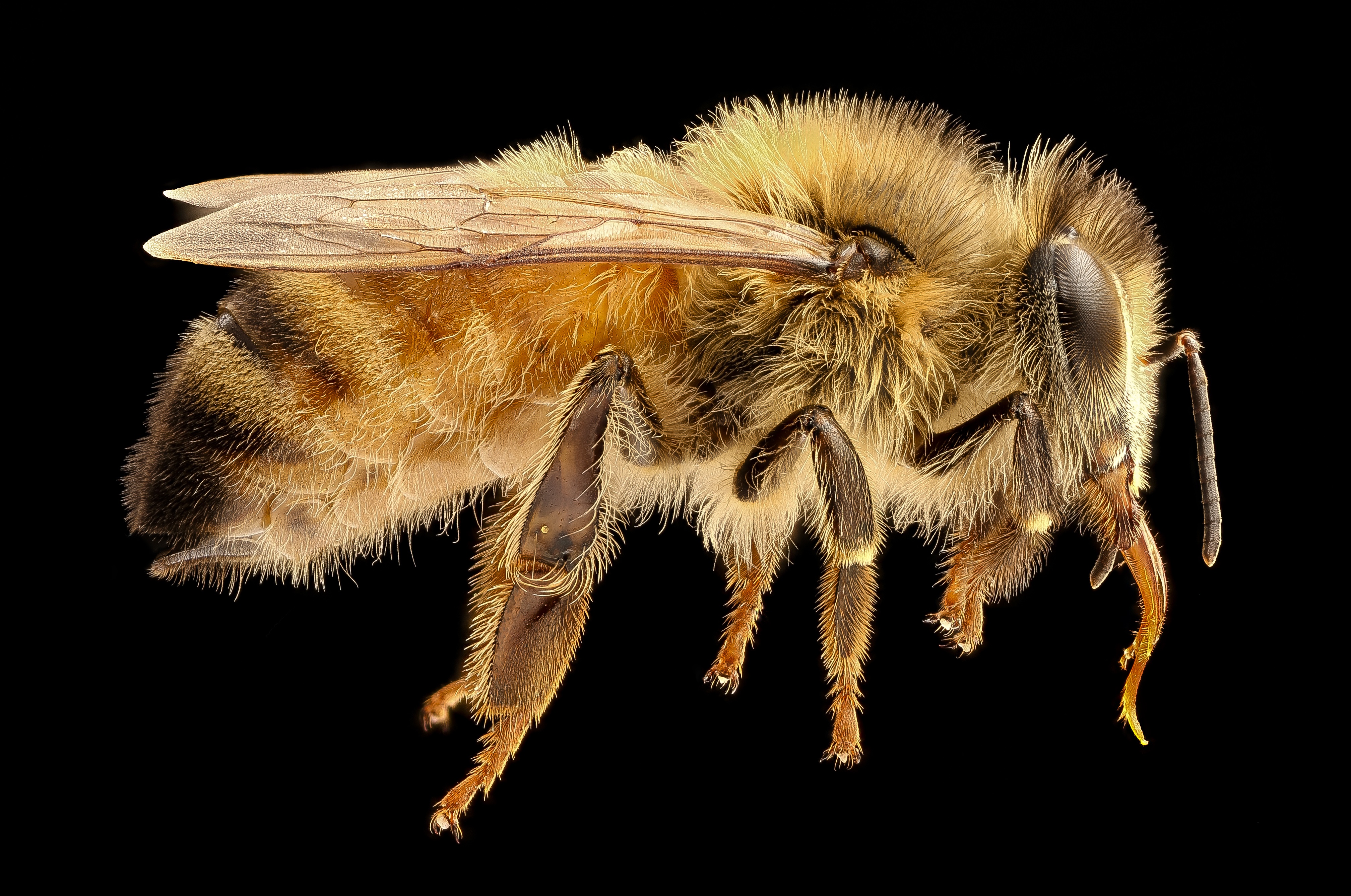
Image Credit: USGS Bee Inventory and Monitoring Lab
Shining a New Light on the World’s Collections
Drawers, Jars and Databases: A Workshop for North Carolina Educators
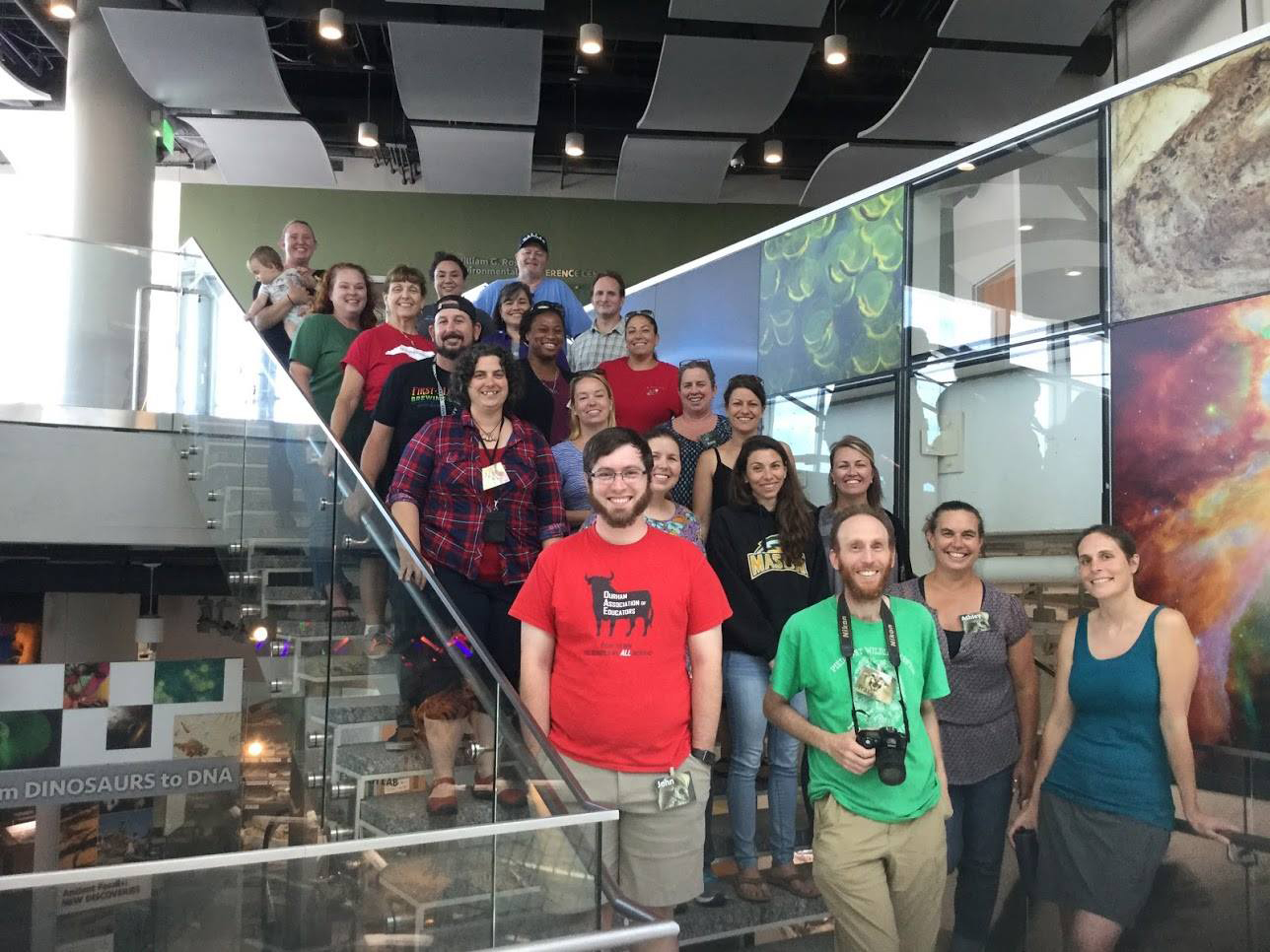
Workshop Group Photo
MyCoPortal helps save life!
Contributed by: Timothy J. Baroni & Andrew N. Miller
State University of New York, Cortland, NY and University of Illinois, Champaign, IL

Chlorophyllum molybdites (Image courtesy of Roy Halling)
July 2018 Biodiversity Spotlight
Rattails and Grenadiers (Family Macrouridae)
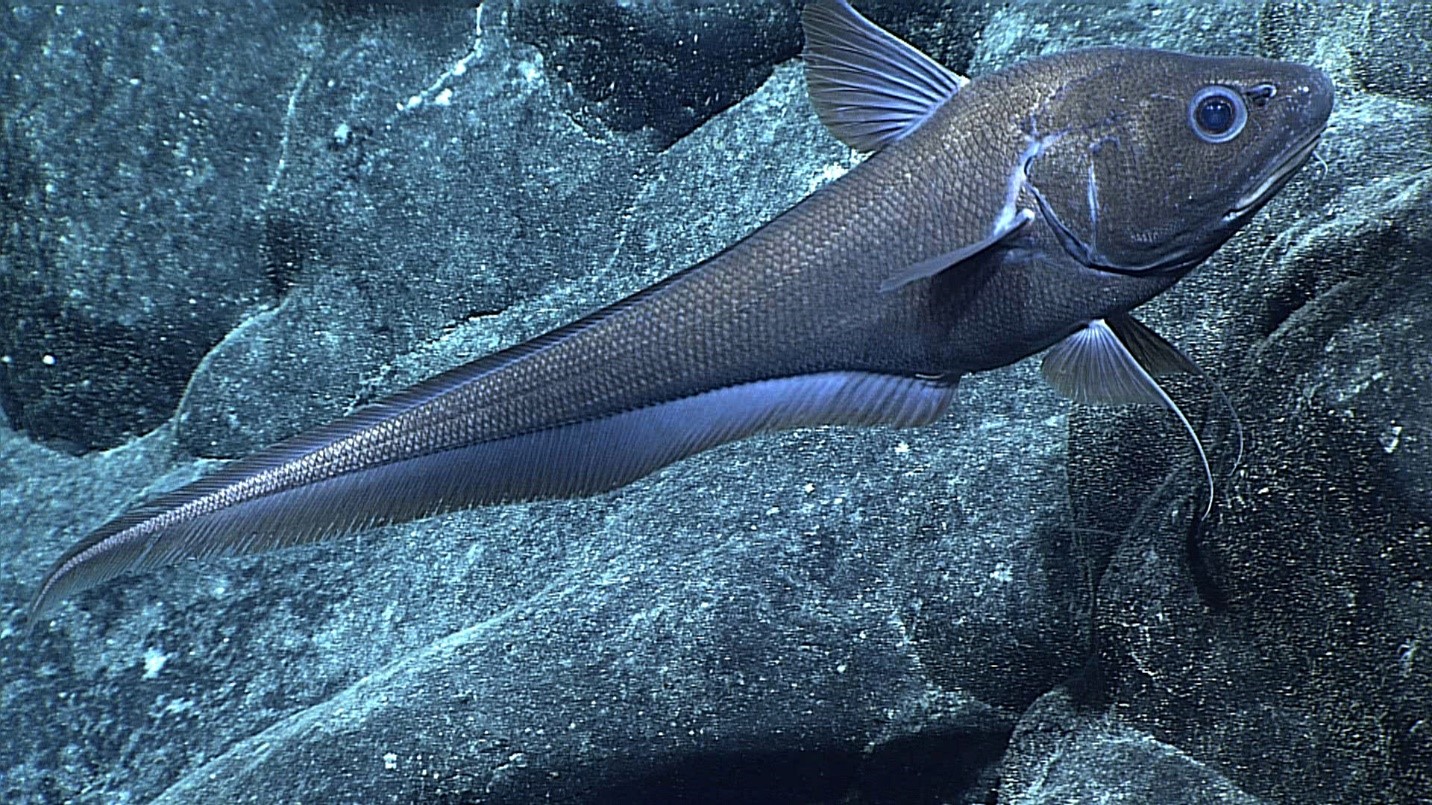
Images courtesy of NOAA Okeanos Explorer
Contributed by Randy Singer
Research Spotlight: July 2018
Digital Coyote; an online archive of skulls
Contributed by: Osrica Mclean and Declan McCabe
How can you provide an authentic opportunity for undergraduate students to study geographical variation without hauling them to major metropolitan museums and arranging access to valuable specimens? This question started a slightly obsessive odyssey that began with a single coyote skull and now stands at 125 skulls….and counting.
Microfungi Collection Consortium Teacher's Workshop
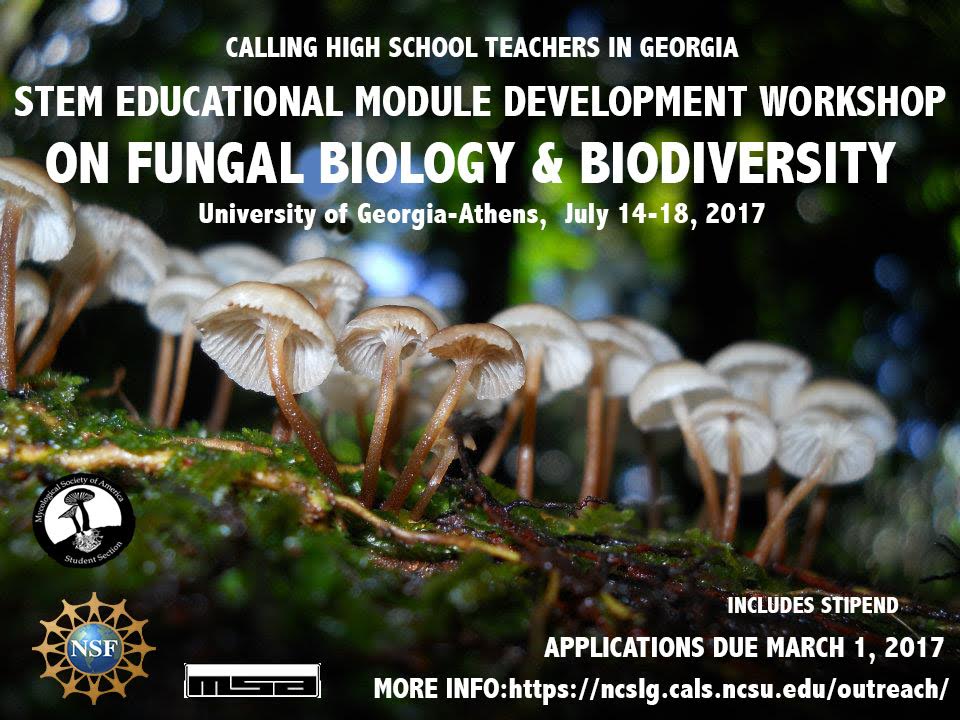
Workshop Report: Developing an ontology for insect natural history data
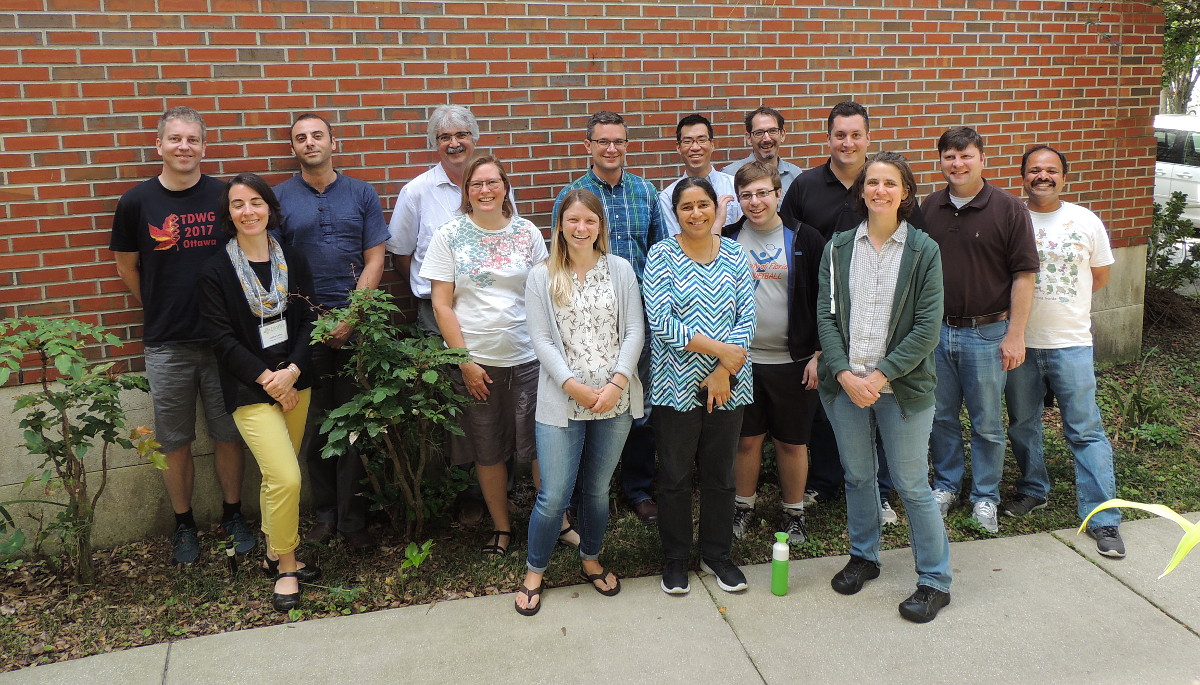
How to, and how not to, design a light box: A cautionary tale
Natural History Museum of Los Angeles County career workshop for undergraduates
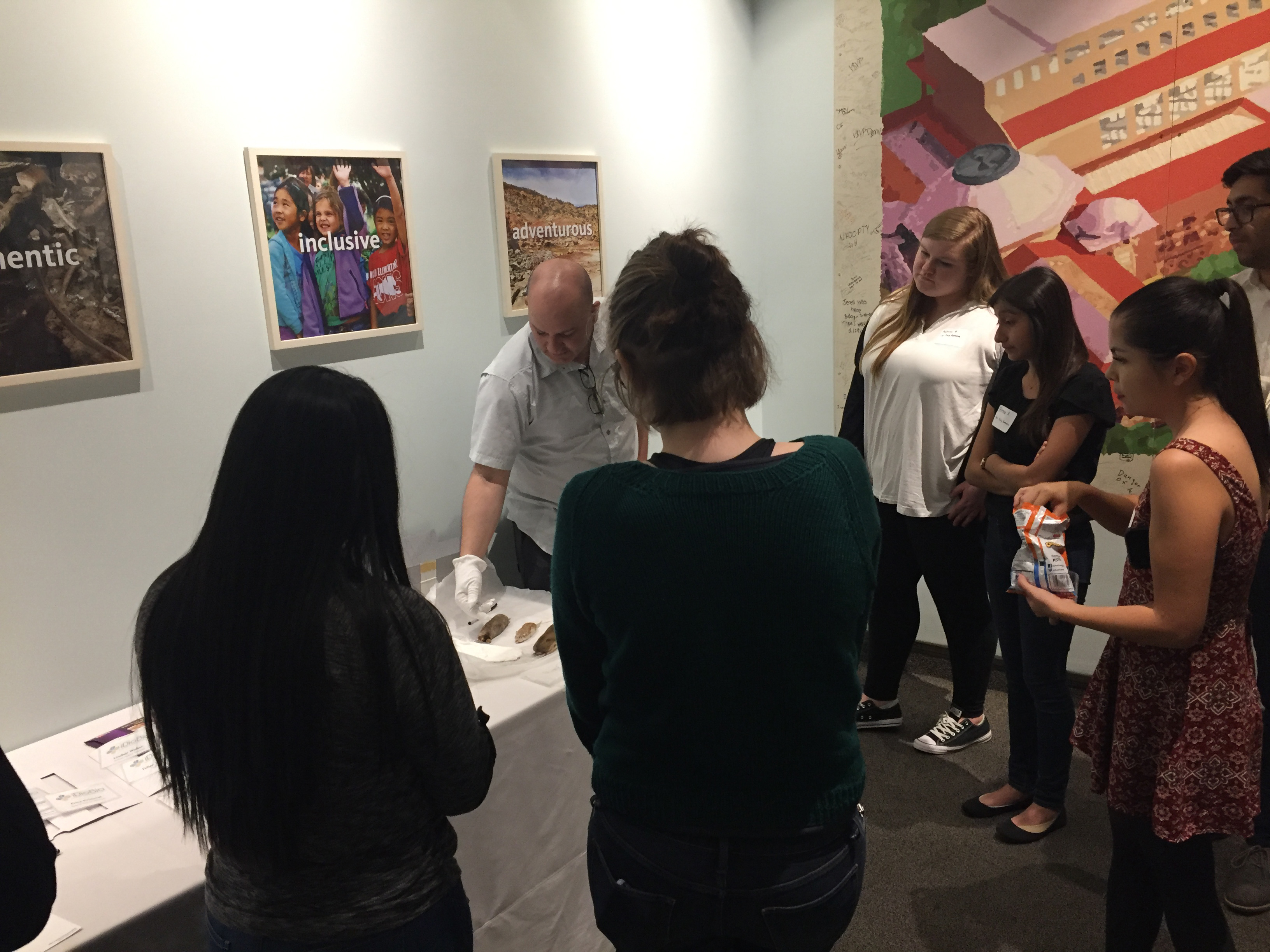
2018 US Science and Engineering Festival
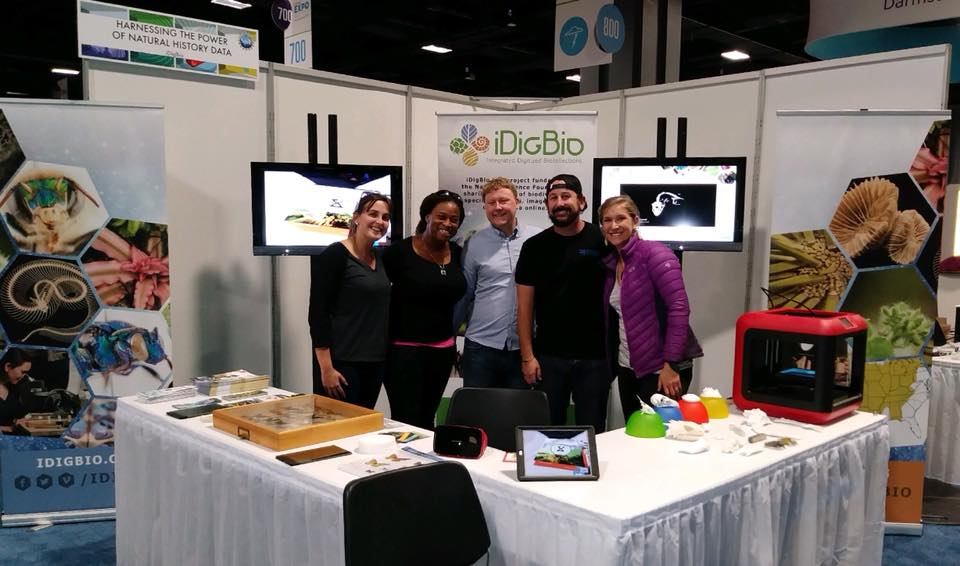
The Oldest Specimen in the MyCoPortal
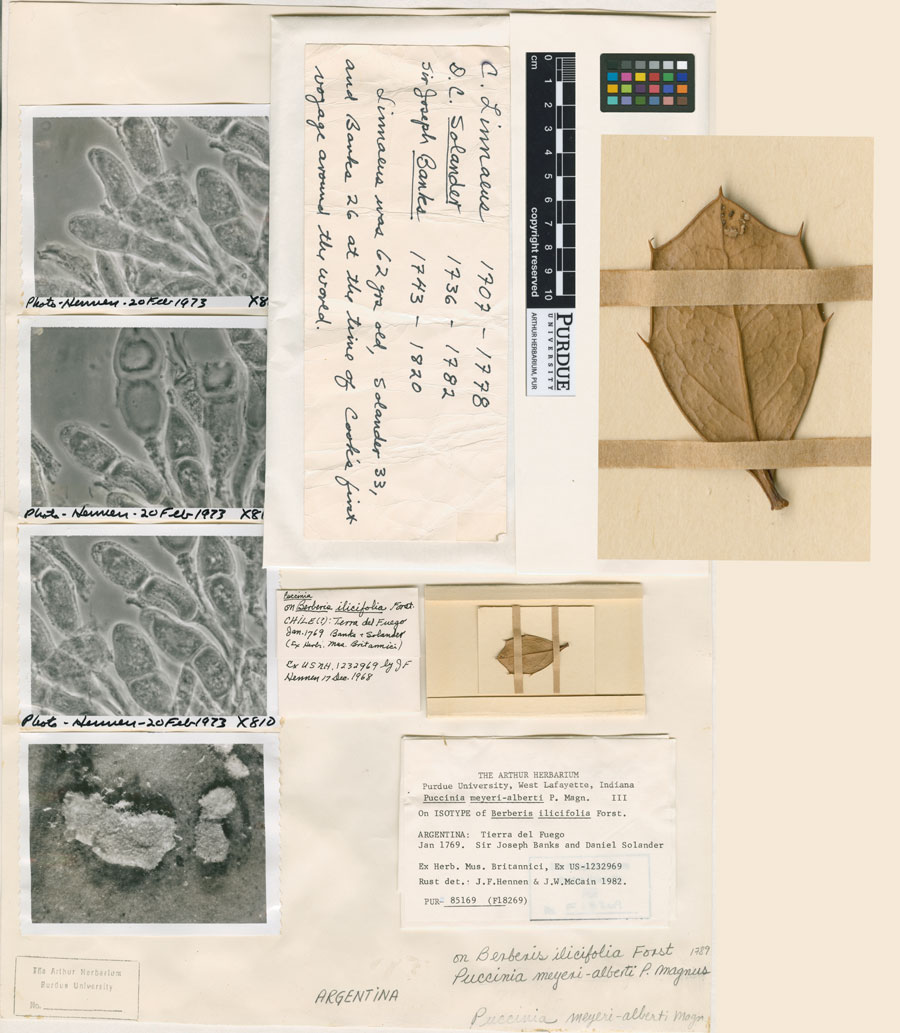 The oldest specimen in the MyCoPortal is housed at Purdue and was collected in 1769 in Tierra Del Fuego at the southern tip of South America. It was collected by the Englishman Sir Joseph Banks and Dr.
The oldest specimen in the MyCoPortal is housed at Purdue and was collected in 1769 in Tierra Del Fuego at the southern tip of South America. It was collected by the Englishman Sir Joseph Banks and Dr.
iDigBio Retreat 2018
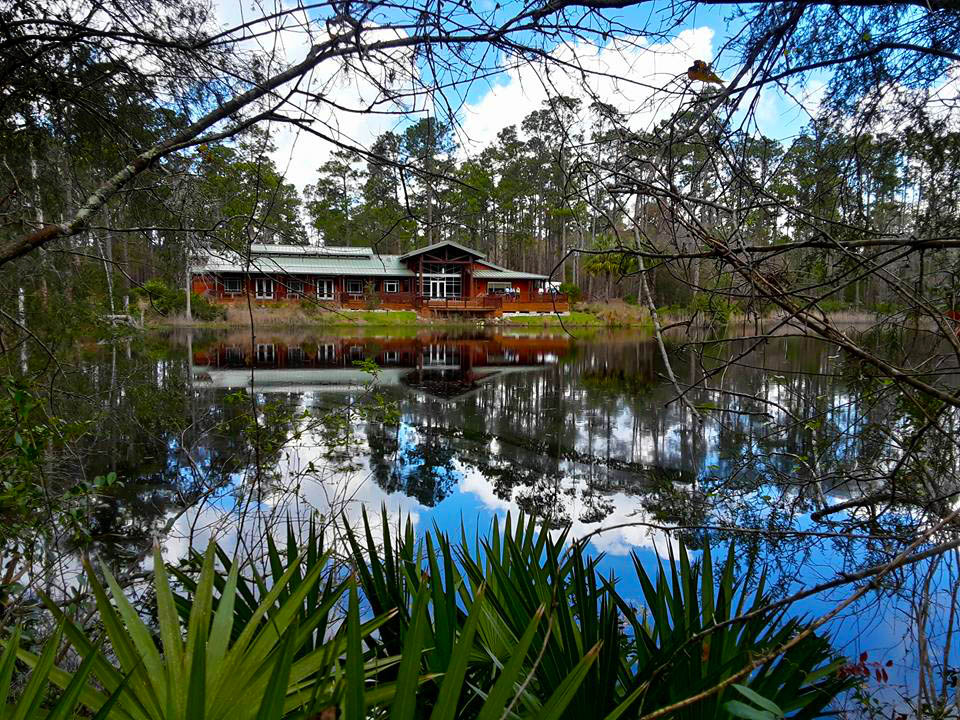
March 2018 Biodiversity Spotlight
Sand Food (Pholisma sonorae)
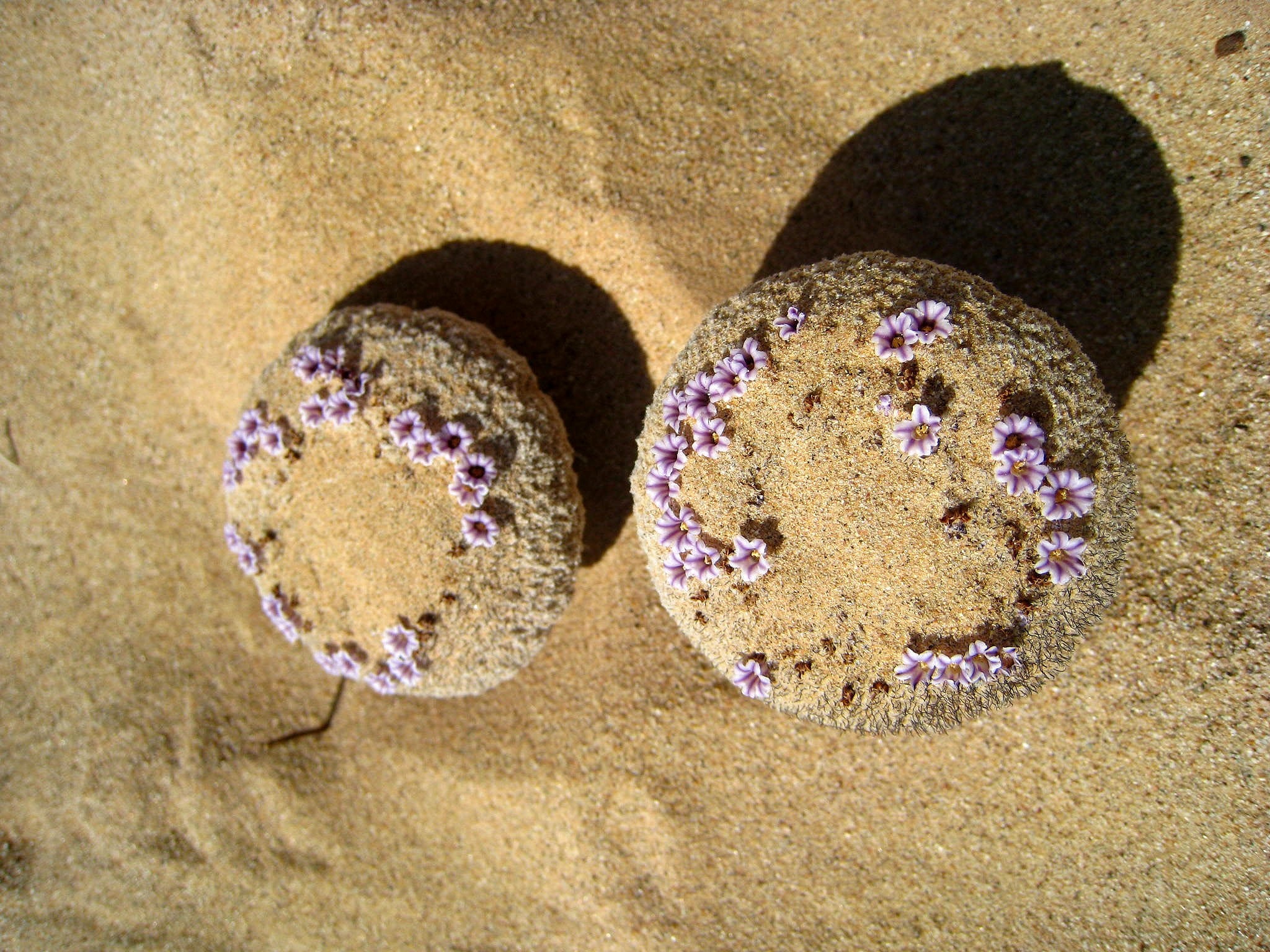
Photo courtesy of Michael Carters
February 2018 Biodiversity Spotlight
Pacarana (Dinomys branickii)
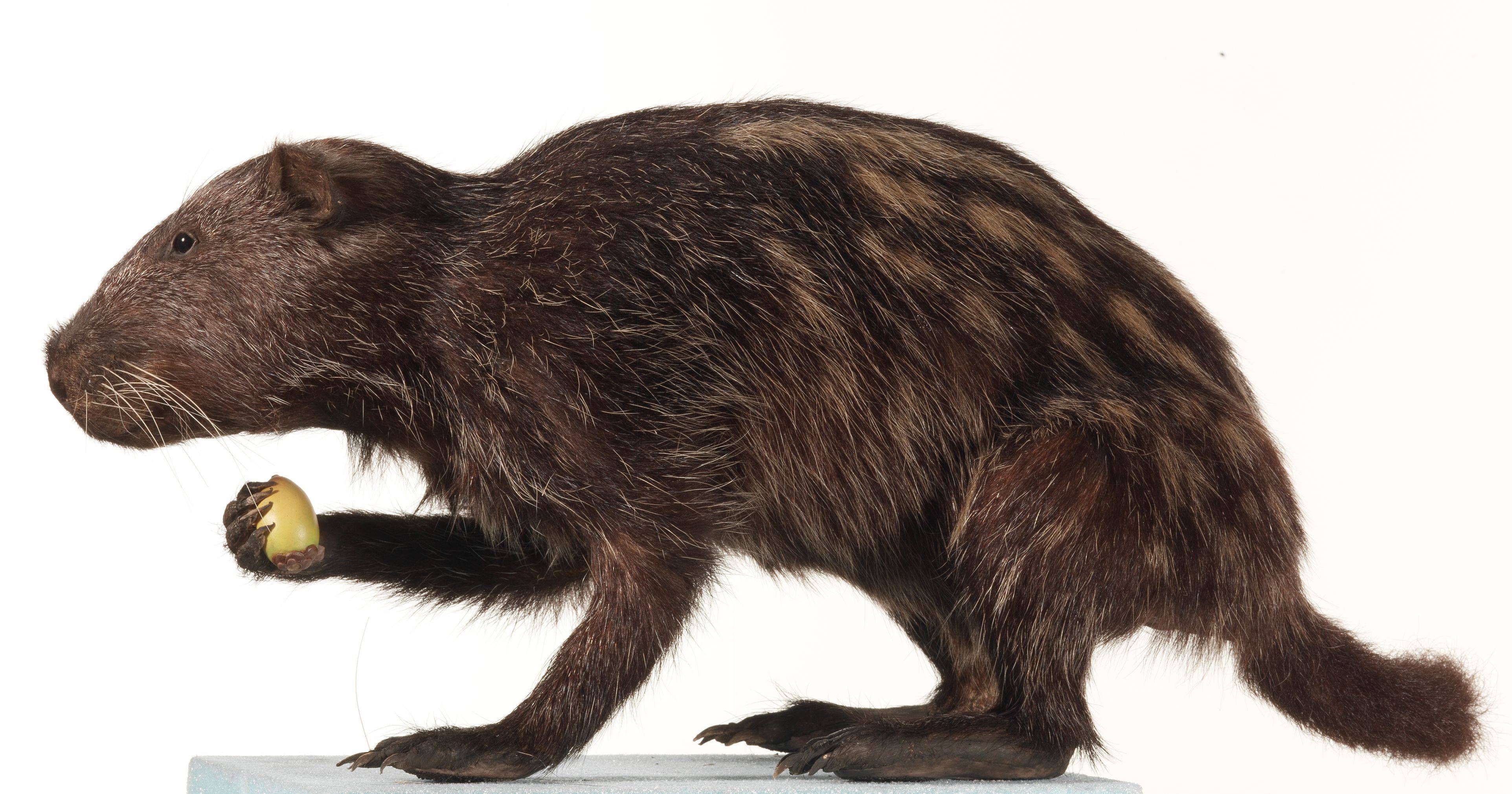
David F. Schmidt, USNM Dinomys branickii, Smithsonian Institution, NMNH, Mammals
Research Spotlight: February 2018
From the Tropics to the Drawer and Back: Digitized New World Swallowtail Butterfly Specimens Inform Biodiversity Patterns
Contributed by: Hannah Owens from the Florida Museum of Natural History, University of Florida
iDigBio Update 2017
Dear iDigBio Enthusiasts,
Research Spotlight: January 2018
New Insights from Old Herbarium Specimens
Contributed by Richard B. Primack (Boston University; primack@bu.edu) and Charles G. Willis (Harvard University; charleswillis@fas.harvard.edu)
“Live in each season as it passes - breathe the air, drink the drink, taste the fruit & resign yourself to the influence of each.” Thoreau, in his Journal. 1835
The Momentum for Integrating Collections and Ecological Research: Expanding Collections Stakeholders and Imagining Future Data Needs
by Deborah Paul, Libby Ellwood, Christina Alba, Larry Page
with contributions from our speakers: Dave Tazik, Jennifer McGuire, Anna Monfils, Barry Sinervo, and Elizabeth Martin; and from some participants present at this symposium including (at least): Vince Smith, Mary Klein, Herrick Brown, and Jason Knouft
‘What do we need to leave behind today to position our future selves for success?’
Big Data and Bugs: How Massively Collected Biodiversity Data Are Changing the Way We Do Insect Science - Symposium at EntSoc 2017
WeDigBio 2017
